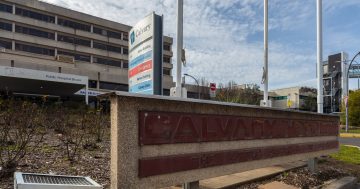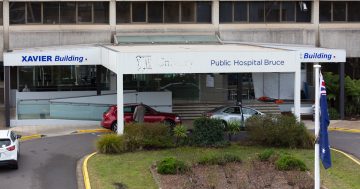
Alcohol-related visits to Calvary Hospital’s emergency department will be studied to identify Canberra’s alcohol violence hot spots, the Foundation for Alcohol Research and Education (FARE) has announced today.
The national Driving Change study will record drug and alcohol intake and place of last drinks of patients presenting to emergency departments at Calvary Hospital and seven other hospitals across Australia.
FARE chief executive Michael Thorne says the initiative will identify high-risk Canberra venues and implement meaningful legislation to address alcohol-fuelled problem areas.
“We know there are trouble spots where violence occurs in Canberra’s night scene, which to date have not been adequately addressed by the ACT Government,” he says.
“Our hope is that armed with data from the Driving Change study, decision makers will be better informed and motivated to implement effective amendments to the liquor act to reduce alcohol-related violence and harm in the nation’s capital.”
With one in seven presentations to ACT emergency departments related to alcohol, the study’s findings may also renew FARE’s push for 3am lockout laws in the capital – a move backed by Australian Medical Association ACT president Professor Steve Robson.
Professor Robson hopes the study will open the ACT Government’s eyes to the daily reality of Canberra’s frontline emergency workers.
“The reluctance of the ACT Government to introduce 3am last drinks in the ACT is at odds with the carnage witnessed by police, ambos, doctors and nurses every day,” he says.
“The old adage – nothing good happens after midnight is very true, and I invite the Chief Minister to spend a night with our police on the beat or at Calvary Hospital’s emergency department to experience the very real level of harm that exists here in Canberra,” Professor Robson said.
The Driving Change study is based on a similar research project in Cardiff, Wales, which reduced alcohol assault and injury between 2002 and 2007. The model now operates in more than 80 percent of the United Kingdom’s emergency departments.
Early data from the study will be available in about six months.













